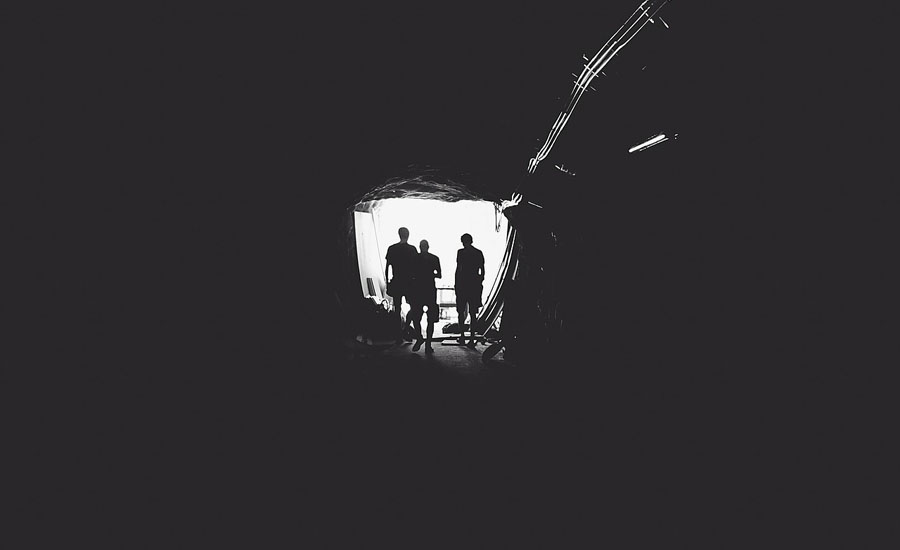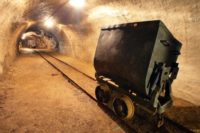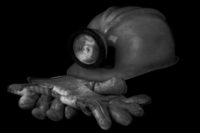NIOSH research results
Predicting temp rises in coal mine refuges

From NIOSH Research Rounds:
Mine safety regulations in the U.S. require a protected and secure space—or mobile refuge alternative—in all underground coal mines. In the event of an explosion or other mining disaster that prevents miners from immediately escaping, refuge alternatives protect miners from exposure to carbon monoxide and other toxic gases by providing breathable air and a safe environment for 96 hours. We recently asked Lincan Yan, a scientist at NIOSH and lead author of a study in this area, about new results published in the Journal of Thermal Science and Engineering Applications. Working with an industry partner, Yan’s team tested the rate of temperature rise within a refuge alternative at the NIOSH Safety Research Coal Mine and Experimental Mine in Pittsburgh, Pennsylvania. This four-mile underground mine provides a controlled and safe environment for testing new safety and health interventions for coal miners.
Q: Why did you do this study?
A: Heat from the air-purifying equipment and the miners themselves can cause the air temperature and humidity within an occupied refuge alternative to rise to dangerous levels. Over the course of 96 hours, excessive temperature and humidity increases could lead to heat stress, or even death, among miners. Because of this serious risk, we wanted to measure the temperature and humidity in a test refuge alternative to see how much they increase over time. Ultimately, our goal was to develop a computer model to predict how temperature rises in mine refuge alternatives.
Q: How did you do the study?
A: To simulate a real-life situation, we calculated the amount of body heat generated by real miners. Using the NIOSH Safety Research Coal Mine and Experimental Mine, we then heated a tent-style refuge alternative that can hold as many as 10 people, but which, of course, was empty for the purposes of our study. Next, we measured temperature and humidity levels over 96 hours and then used these measurements to develop a computer model for predicting temperature rise.
Q: What did you find?
A: Our results showed that the average air temperature within the refuge alternative increased by 20.5°F over the course of 96 hours. At the same time, the relative humidity approached 90%. After validating these results, we were able to predict the refuge alternative’s average air temperature after 96 hours to within 1.1°F.
Q: What is the next step?
A: Based on our computer model, we could develop new models to predict the rise in body temperature that real miners would experience in a refuge alternative over time. Then, mining scientists could use these models to help set safety limits for air temperature and the number of occupants within refuge alternatives. Another area for additional research is temperature rise within refuge alternatives in different environments and the effects of mine dimensions and composition.
More information is available:
Looking for a reprint of this article?
From high-res PDFs to custom plaques, order your copy today!





